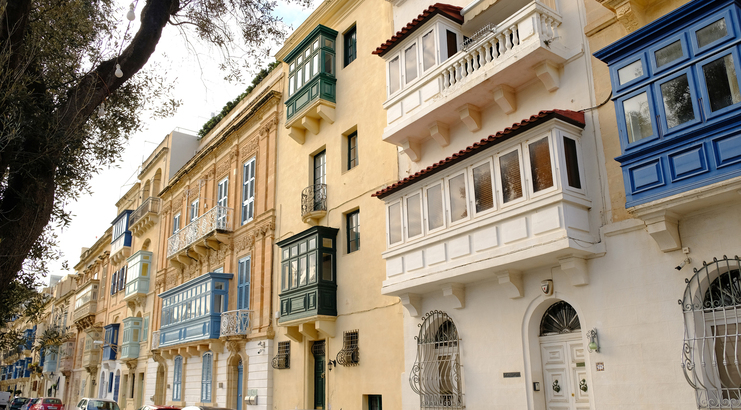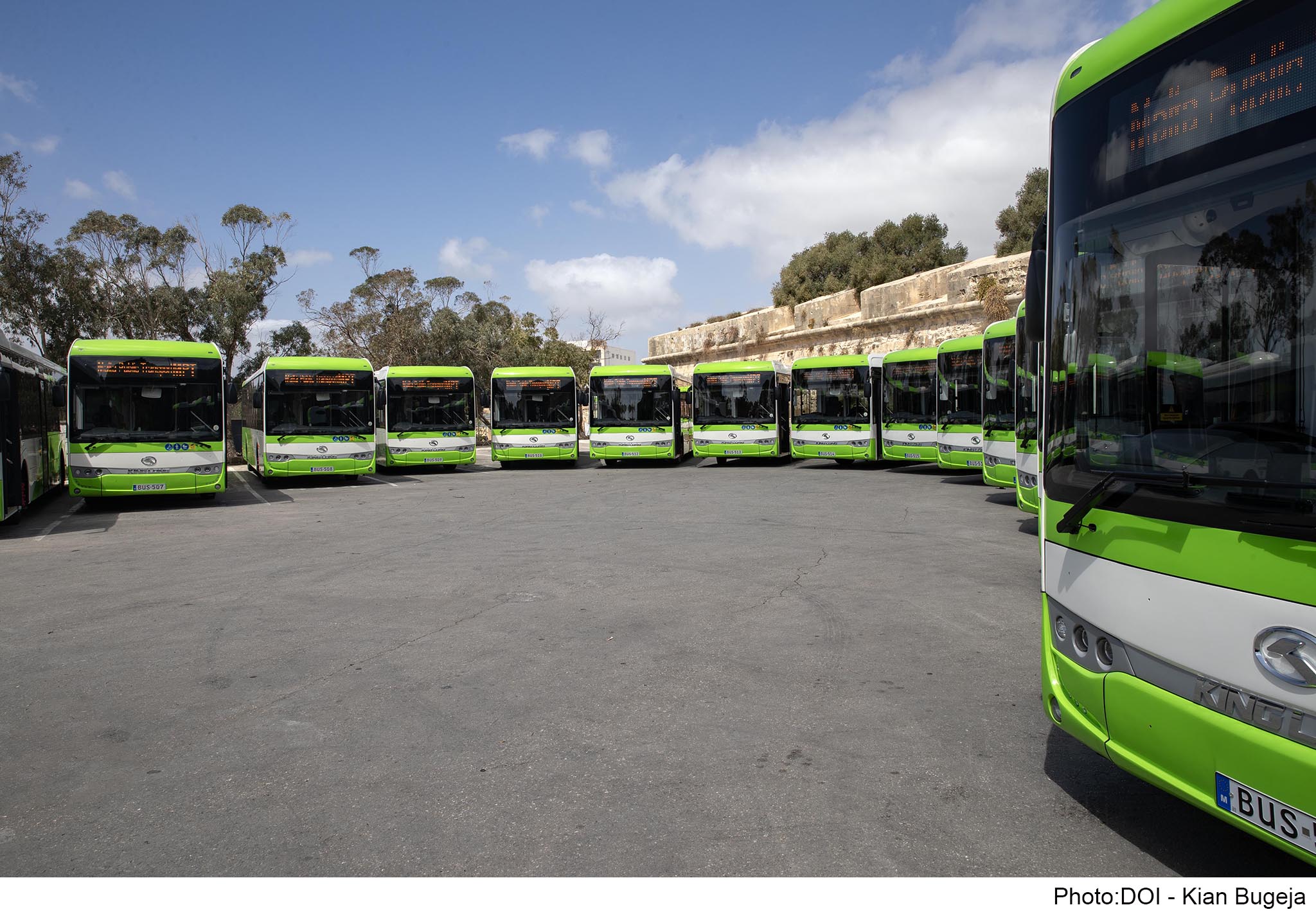Among the students in Malta receiving a tertiary education, which includes universities, trade schools and colleges, females continue to lead the way in numbers when compared to their male counterparts.
Indeed, of the 18,336 students who enrolled in tertiary level education during the 2020/2021 academic year, 59.1 per cent where female. This trend is not unique to Malta, however, with females around the globe tending to enter higher education and graduate in higher numbers.
Overall, the number of students who were enrolled in tertiary education on the island increased by 5.2 per cent when compared to the 2019/2020 year, in an encouraging sign for employers who continually decry a local skills shortage.
For Malta, where historically female workforce participation had been low, the fact that more women continue to seek out post-secondary education, and that far more women have entered the workforce over the past years, bodes well for the local economy. With Malta’s reliance on the services sector, including financial services, insurance, and corporate services, as well as a reliance on the gambling sector, upskilling and reskilling the local workforce is a win-win for the country, as such roles tend to be tied secure and lucrative jobs.
According to Malta’s National Statistics Office, 49 per cent of Malta’s female population aged 15 and over were employed in 2019. When compared with 2015, this represents a staggering increase by almost 33 per cent.
And, to address the current skills shortage at a national level, the National Statistics Office has embarked of a national skills survey to carry out an audit of where Malta’s workforce is at.
Unpacking Malta’s new American-style bankruptcy framework
The EU is reforming its insolvency rules to adopt some of the most beneficial elements of the US framework
More than half of all workplace deaths in last two years involved construction
No women died on the job in 2022 and 2023
Government shells out close to €70 million to national bus operator Malta Public Transport in 2023
Buses became free for residents in late 2022, leading to a hefty increase in the public subsidy






